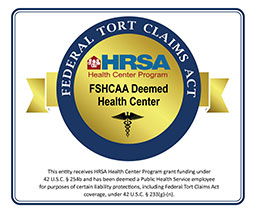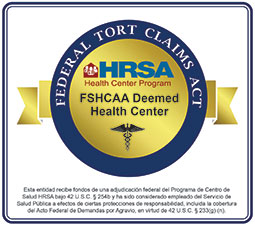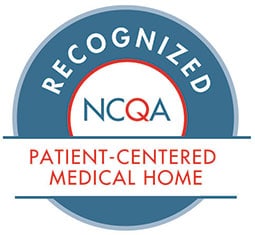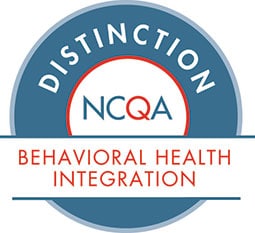Mental Illness Awareness Week
 Post by Tristen Winston, MA, PsyD, Licensed Psychologist and Behavioral Health Director
Post by Tristen Winston, MA, PsyD, Licensed Psychologist and Behavioral Health Director
The first week of October, Sunday, Oct. 6 – Saturday, Oct. 12, 2019 is Mental Illness Awareness Week.
According to the National Alliance of Mental Illness (NAMI), each year millions of Americans face the reality of living with a mental health condition. However, mental illness affects everyone directly or indirectly through family, friends or coworkers. It is vital that we recognize the importance of mental health and continue to combat the stigma that continues to exist. This is why Mental Illness Awareness Week is so very important to our community.
One in five adults will experience mental illness this year.
Since 1990, when Congress officially established the first full week of October as Mental Illness Awareness Week, advocates have worked together to sponsor activities, large or small, to educate the public about mental illness. Education is key to removing the stigma to mental illness and mental health treatment. It is important to learn the signs, symptoms and treatment options. Access to treatment can be a challenging process.
At Health Partnership Clinic we are proud to offer Integrative Behavioral Health Care to all our patients regardless of their financial status or ability to pay. We believe that incorporating mental health evaluation in the Primary Care setting can increase the access to care and help educate patients to reduce the stigma.
Mental Health Facts from NAMI
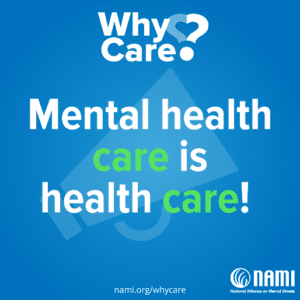 One in five (46.6 million) adults in the United States experience a mental health condition each year.
One in five (46.6 million) adults in the United States experience a mental health condition each year.- One in 25 (11.2 million) adults in the United States experience a serious mental illness each year.
- Approximately 46.6 million adults in the United States face the reality of managing a mental illness every day.
- Half of all lifetime mental health conditions begin by age 14 and 75 percent by age 24, but early intervention programs can help.
- Up to 90 percent of those who die by suicide have an underlying mental illness as revealed by psychological autopsy. Forty-six percent of those who die by suicide have a diagnosed mental illness.
- Suicide is the 10th leading cause of death in the United States. With effective care, suicidal thoughts are treatable, and suicide is preventable.
- Individuals with mental health conditions face an average 11-year delay between experiencing symptoms and starting treatment.
- Common barriers to treatment include the cost of mental health care and insurance, prejudice and discrimination, and structural barriers like transportation.
- Even though most people can experience relief from symptoms and support for their recovery in treatment, less than half of the adults in the United States get the help they need.

